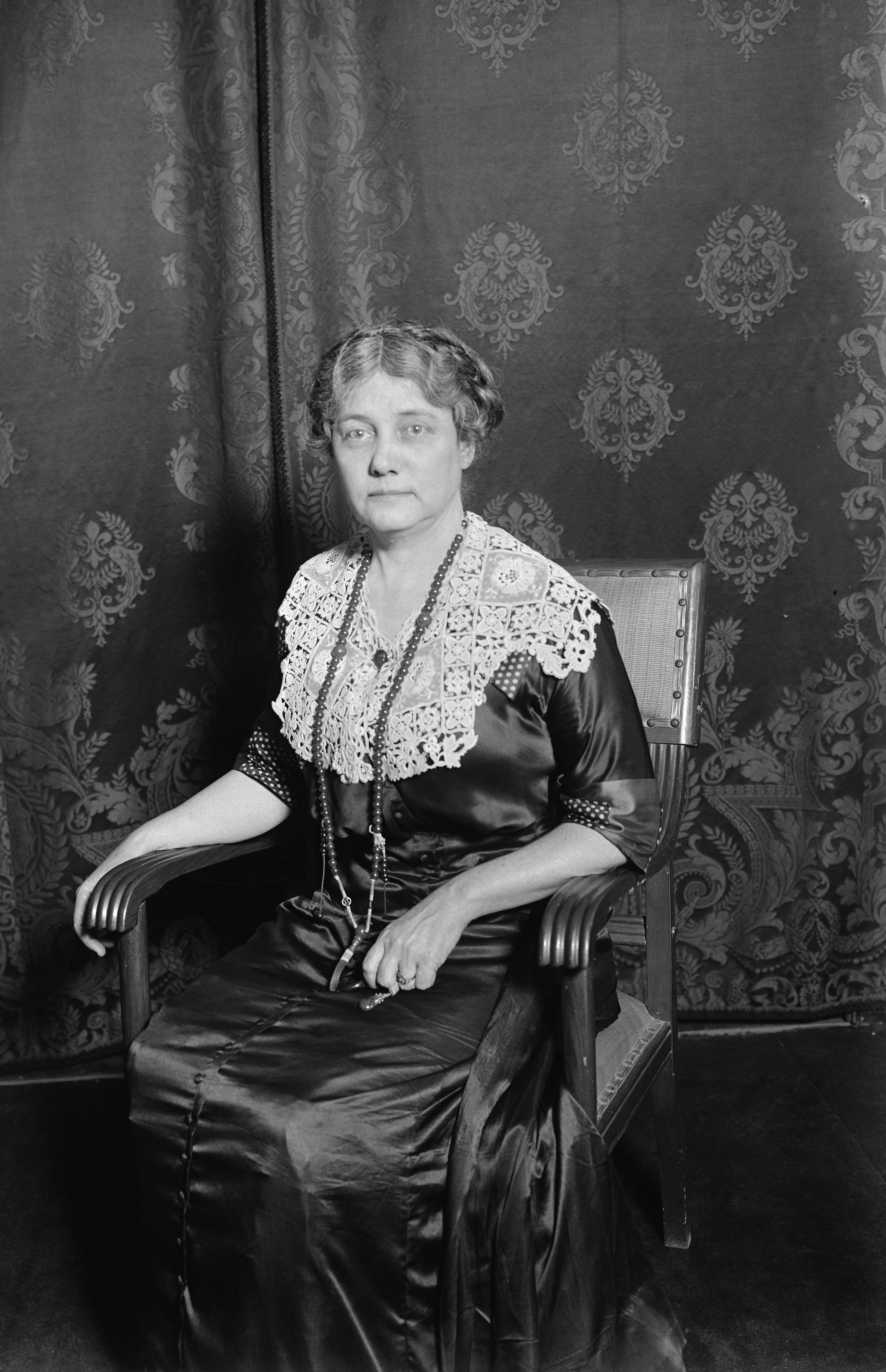 |
| Straw "Work Bonnet" |
First Patent Received by US Woman, 1809
The first American woman to receive a patent was Mary Dixon Kies, who received one on May 5, 1809 for her technique of weaving straw with thread. The process was used in the creation of straw hats. Dolly Madison sent her a congratulatory letter on her achievement.Women had been eligible to receive patents for a while, when the Patent Act of 1790 had made it possible for anyone, regardless of sex, to patent inventions. Still, since women couldn't own property apart from their husbands, they had little incentive to protect their intellectual property. It took 19 years before a woman actually applied for a patent.
Kies picked an excellent time to patent her technique, which made the production of work bonnets more cost-efficient. The Napoleonic Wars were raging in Europe and the United States had stopped importing goods abroad in an attempt to stay out of the war. Up until this time most of the straw hats used in the United States had been imported. Kies's technique did a great deal to advance hat-making as an American industry.
Kies achieved initial success from her patented technique, and she and her son invested heavily in the process. She took a severe blow financially when fashions changed, and died a pauper in 1837.
 |
| Nellie Bly |
Nellie Bly Born, 1864
She was born Elizabeth Jane Cochran in Cochran's Mills, Pennsylvania on May 5, 1864. Her first published work was a letter in the Pittsburgh Gazette, a rebuttal to a sexist letter that had been previously published. The editor was impressed by the letter, which had been signed "Lonely Orphan Girl" and requested that the "man" who had written it contact him -- he wanted to give him a job! When he found out that the author of the letter was actually female, he retracted his offer, but Cochran managed to change his mind. She began writing for the newspaper under the pseudonym "Nellie Bly."Nellie preferred to write serious investigative articles about the plight of working women, but instead was often assigned "fluff" pieces -- articles about fashion and homemaking. She broke that mold by going to Mexico as a foreign correspondent. At one point, she reported on the arrest of a local writer who had criticized the government and attracted the attention of the authorities. Rather than being arrested herself she returned to the United States.
In 1887 she moved to New York City and took a post at the New York World, owned by Joseph Pulitzer. She took on an undercover assignment in which she feigned insanity and investigated the conditions at Bellevue Hospital. She was certified insane by a number of doctors and endured deplorable conditions for 10 days at Bellevue before the newspaper arranged for her release. Her reports were responsible for major changes at the hospital, including an $850,000 increase in budget and better screening of the patients before admission.
 |
| Nellie in later years. |
In 1895 Bly married the manufacturer Robert Seaman and retired from journalism. Upon her husband's death in 1904, Bly inherited the Iron Clad Manufacturing Company and for awhile was an important female industrialist. However, due in part to employee embezzling, Bly lost everything and returned to journalism to make her living in later years.
No comments:
Post a Comment